What You Can Do
What can you do to improve the quality of the water in the Illinois River Watershed?
Volunteer - There's a lot to be done around here, sign up to volunteer with IRWP.
Donate - Your assistance helps us reach the right people to make impactful restoration and conservation possible!
Contact Us when you know of any potential water quality issues.
Refer Us to streamside landowners that could use our help conserving, repairing, or buffering the streambank.
Make your home and business low impact.
Learn About Water Quality
You're already here! Work your way through our Online Learning Center.
Homeowner Tips for Water Quality
Yard Waste
Did you know that grass clippings and leaf litter are stormwater pollutants? (Flyer)
If yard waste such as grass clippings and leaves enters our storm drains, it flows untreated directly to creeks, streams, and lakes. As yard waste breaks down, nutrients that are released can lead to water pollution. High levels of nutrients create more food for plants. In water, this plant food increases algae growth.
High levels of algae growth, called blooms, decrease oxygen in the water. Without oxygen fish and other aquatic animals can’t survive and recreational activities may decrease.
You can stop yard waste from ever entering a storm drain or waterway with the following practices:
Compost your yard waste into rich humus and reuse in your landscaping and gardening.
Grasscycle - Simply leave your grass clippings on your lawn to return nutrients and moisture back to your soil.
Rake, sweep or blow leaves and grass back onto your lawn.
Keep yard waste off the streets, sidewalks, and driveways, and gutters.
Properly dispose of your yard waste. Find out if your city or county provides pick-up or drop-off locations for yard waste.
Source: University of Arkansas Extension
Live by the Water? Prevent Algae Blooms with Lake (and River)-Friendly Lawn Care
Vehicle Washing
Wash at a car wash or a self-serve car wash if possible. Most car washes have water-saving, high efficiency spray nozzles. According to the International Car Wash Association, the average person washing a vehicle at home uses a whopping 80 to 140 gallons of water, as opposed to the 45 typically used at a car wash.
Another reason to prioritize using the car wash: Car washes can recycle, reuse, and/or treat the used water. The rinse water from washing a car contains far more than just dirt, dust and potentially toxic soap. It can be contaminated with heavy metals such as copper from brake pads and zinc from tires, not to mention residue from exhaust fumes, gasoline and motor oils.
If you must wash your car at home, be sure to do it on the grass (away from septic lines)— avoid doing it on concrete or asphalt… especially if you are right next to a storm drain where all of those chemicals get washed into creeks. Dump your bucket of used water down a sink or the tub inside the home.
Pay attention to your tools and chemicals. Use eco-friendly soaps that are nontoxic, biodegradable, and free of phosphates, fragrance, chlorine, and petroleum-derived ingredients at home or at the self-serve carwash. Avoid acid-based wheel cleaners and rinse-off degreasers for wheels or engines. Invest in good reusable rags and sponges that will withstand many cleanings.
Septic Care
Be careful with what you pour or flush down your drains, use water efficiently, protect the drainfield, and have your system regularly pumped & inspected. For more information, please see EPA SepticSmart guidance provided here or visit our septic section to get more in-depth information.
Other Recommended Practices for Improving Water Quality
1. Fix your leaky vehicles!
2. Pick up your pet's waste.
3. Only water down the drains and storm drains
4. Pick up trash and litter.
External Links on Going Greener
More Resources
Human Hazardous Waste (HHW) Collection Sites
See contacts in the Illinois River Watershed by county for both Arkansas and Oklahoma.
Soil Testing
Understanding the composition of your soil is the first step to many land stewardship practices. Soil testing is inexpensive or free.


